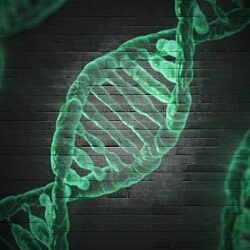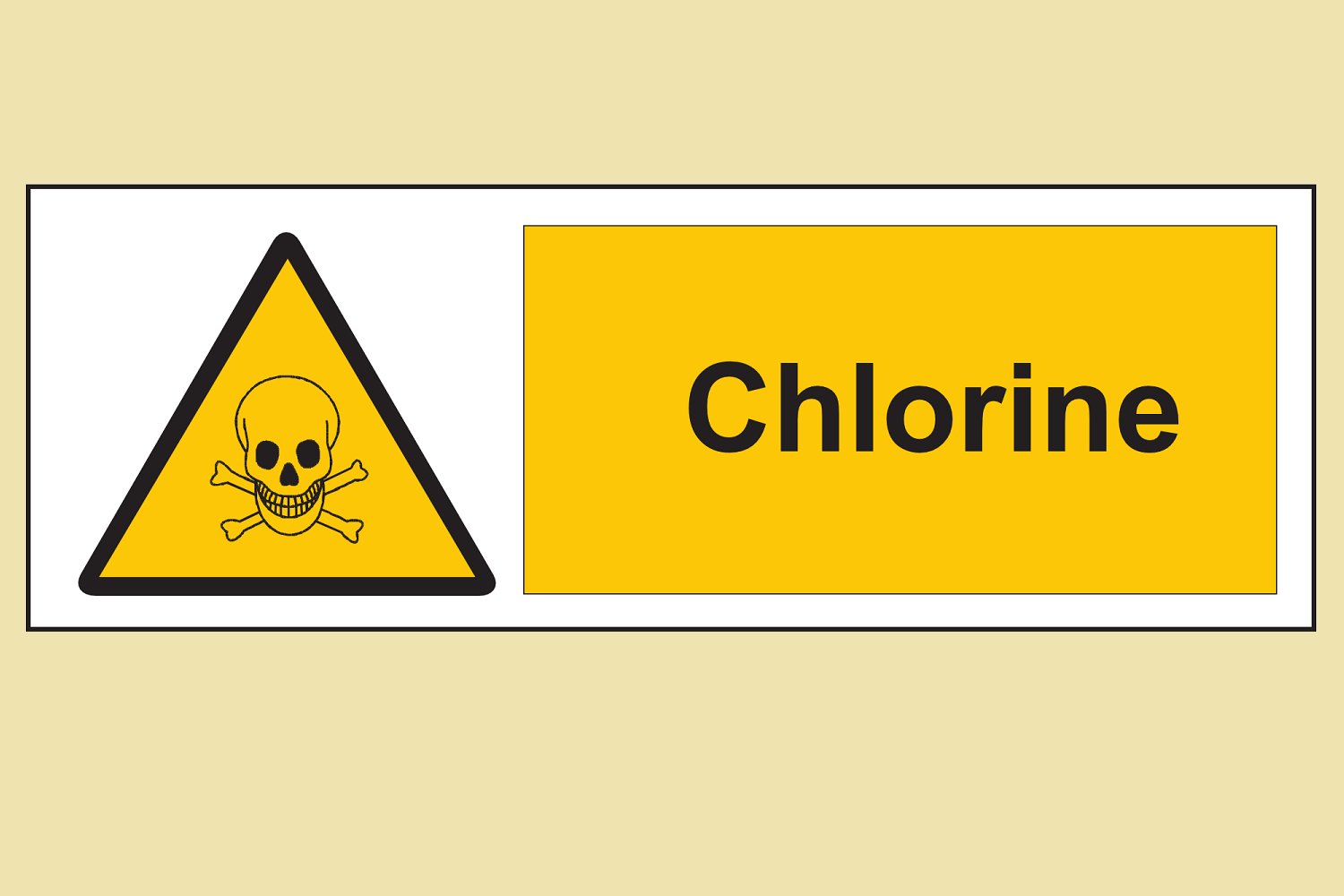Chlorine and bleach for disinfection
Often people do not see the difference between chlorine and chlorine. For some people it is the same thing. Today we will decipher these words, talk about what chlorine and bleach are, how bleach is used for disinfection, and much more.
So, the three terms we’re going to discuss today are:
- chlorine,
- sodium hypochlorite,
- calcium hypochlorite.
Chlorine
Let’s start with chlorine. It is a yellowish-green gas with a pungent odor, poisonous, two and a half times heavier than air, belongs to the second class of danger.
By its effect, it is a choking gas, which irritates mucous membranes. When penetrating into lower respiratory tract, it causes pulmonary edema.
It is not found in nature in a free form, but in compounds – as much as you like. The best known is table salt (sodium chloride).
Chlorine became famous after its use in World War I as a poison gas.
Chlorine gas is widely used in industry:
- in non-ferrous metallurgy;
- in the pulp and paper industry;
- in the chlorination of water;
- in the production of organochlorine compounds etc.
It is stored and transported in liquefied form in special containers – cylinders, barrels, tanks, and already on site at the consumer liquid chlorine evaporates and in gaseous state enters into technological processes.
At present, improvement of the chlorine evaporation process, i.e. its transfer from the liquid to gaseous state, is very urgent, because many difficulties and subtleties are connected with it. Accordingly, equipment for this process (evaporators) is constantly being developed and improved. And, of course, there is no getting away from safety regulations when dealing with this clearly poisonous gas.
So, the brief summary: chlorine is a gas with a pungent odor, poisonous, heavier than air, yellowish-green in color. If you dig a little deeper into chemistry – its molecule consists of two chlorine atoms bonded together. There is nothing else in this molecule, just two chlorine atoms (chemists call such substances, consisting of only atoms of one chemical element, simple).
Sodium hypochlorite
The chemical name is sodium hypochlorite. It is a substance consisting of one atom of sodium, one atom of chlorine, and one atom of oxygen. That is, it is a substance consisting of atoms of different chemical elements (chemists call such substances complex), unlike chlorine gas, which consists of atoms of only one chemical element – chlorine.
Sodium hypochlorite is used, as a rule, in the form of aqueous solutions:
- in the textile industry for bleaching fabrics;
- in metallurgy;
- in the paper industry;
- for disinfecting, including swimming pools;
- for disinfecting drinking water;
- in some other branches of industry;
- in the home.
Sodium hypochlorite is most often used as a disinfectant because of its high antibacterial activity and wide range of action on various microorganisms.
When dissolved in water, it forms a substance called hypochlorous acid, which is a fairly strong oxidizer. In addition, it can partially decompose further with the release of atomic chlorine (hence the smell), atomic oxygen, radicals (i.e. particles) hypochlorite and hydroxyl.
All of the above particles are very active and affect the activity of the enzymes in the bacterial cells, disrupting the redox processes occurring in it, which leads to its death. This is how the disinfection process works.
Sodium hypochlorite has a disinfecting effect on Gram-positive and Gram-negative bacteria, bacterial spores, pathogenic fungi and viruses and tubercle bacilli.
Now what about its use in the home.
Sodium hypochlorite is a caustic substance, but you should not be afraid of it, but observe the elementary safety rules.
Since it causes irritation of the skin and mucous membranes, it is necessary to wear rubber gloves and take care of the eyes, because pure sodium hypochlorite in contact with skin can cause burns, and if it gets into the eyes – blindness.
Calcium hypochlorite and bleach
The chemical composition is a calcium atom, and two chlorine and oxygen atoms each.
Nowadays, sodium and calcium hypochlorites are successfully replaced by other substances with similar properties, but in different forms, for example, in the form of tablets.

